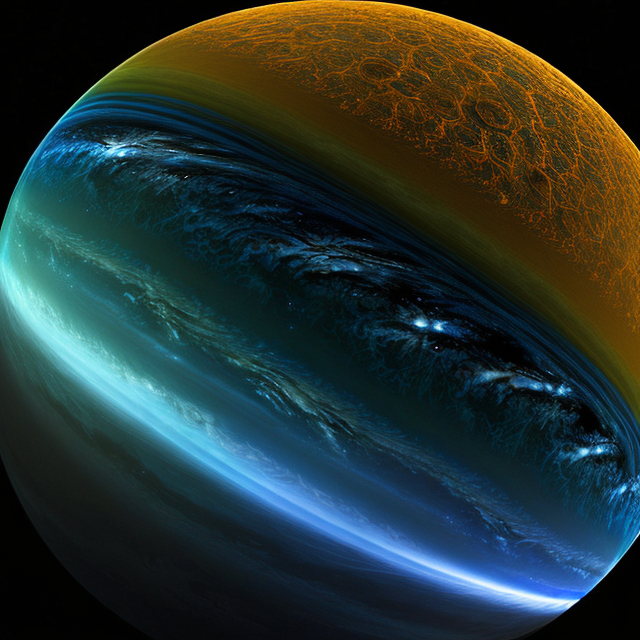|
|
Space Astro
|
Info for exoplanet "Gadus-cenar"
| Scientific (actual) data |
|---|
| Name | Kepler-898 b |
| Planet status | Confirmed |
| Radius | 0.133 |
| Orbital period | 5.87062 |
| Discovered | 2016 |
| Updated | 2021-02-05 |
| Tconj | 2454970 |
| Publication | Announced on a website |
| Detection type | Primary Transit |
| Alternate names | 2MASS J19062049+4652153 b, K01584.01, KIC 9941066 b, KOI-1584 b, KOI-1584.01 |
| Star name | Kepler-898 |
| Right ascension | 286.59° |
| Declination | 46.87° |
| Mag j | 13.959 |
| Mag h | 13.34 |
| Mag k | 13.187 |
| Star distance | 479 |
| Star metallicity | -0.06 |
| Star mass | 0.65 |
| Star radius | 0.62 |
| Star age | 3.98 |
| Star temperature | 4223 |
| Star alternate names | 2MASS J19062049+4652153, KIC 9941066, KOI-1584 |
| Wikipedia article | Kepler-898 b |
Back
| |
| Fictional info (?) |
|---|
| Suggested name | Gadus-cenar |
| Planet type | Cold planet |
| It may have had 2H2O oceans in the past, but these would have vaporized as the temperature rose due to a runaway greenhouse effect. |
| Atmosphere | Formaldehyde | 64% |
| Helium | 35% |
| 2H2O | 0.17% |
| Hydrogen | 0.00021% |
| Atmospheric pressure | 50 bar |
 |
| Moon | Calirion | Huge round ice planetoid |
| Tania-lenesut | Huge slightly egg-shaped rocky moon |
| Maber Atpedaph | Very small round oceanic moon |
| Boslyke'nomebe-xi | Large round oceanic moon |
| Puckkal-tho | Very small almost round rocky moon |
| Thea | Huge irregular ice comet |
| Orixca Dilanand | Large round gaseous asteroid |
| Ymirhe'lassa Mir | Huge round oceanic moon |
| Hyrke-bestbauti | Huge potato shaped gaseous planetoid |
| Mishali | Small potato shaped rocky moon |
| Farcor Laristhone | Huge round crater-filled asteroid |
| Trinle'carde Noe | Very small slightly egg-shaped crater-filled moon |
| Kagaeon-methi'hali | Small slightly egg-shaped gaseous moon |
| Logeraq | Very small potato shaped gaseous planetoid |
| Tono-eury-rirper | Very small irregular crater-filled comet |
| Eurypor Ledome | Large potato shaped oceanic asteroid |
| Bosca | Small irregular ice asteroid |
| Thetopa'pemaka De | Huge slightly egg-shaped rocky moon |
| Hithapero Te | Large almost round ice moon |
| Vinand Geldene | Medium-sized round crater-filled moon |
| Chepid | Medium-sized round gaseous moon |
| Google search for Gadus-cenar |
|
Website by Joachim Michaelis
|
|
|
|